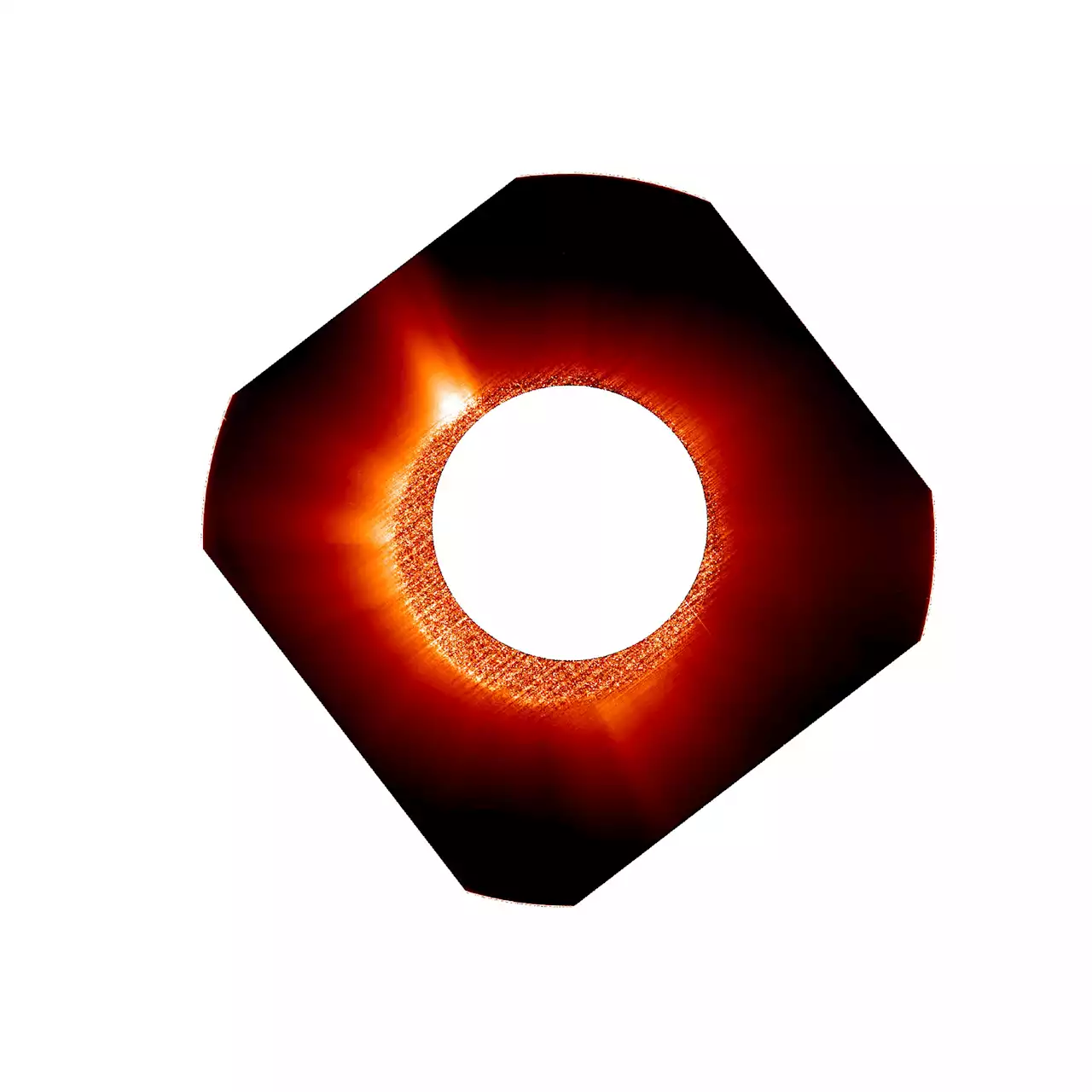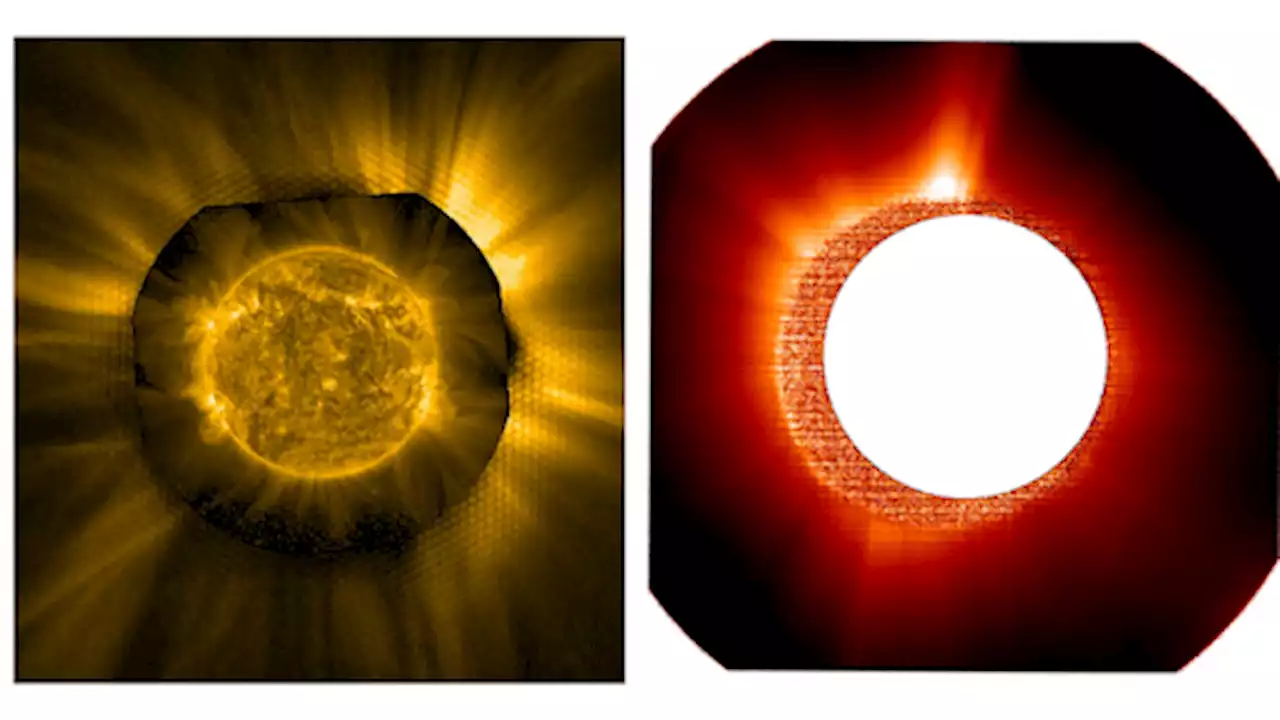A new study maps how solar wind particles alter Mercury's surface and its thin atmosphere.
The study also took into account the interactions of the solar wind with Mercury’s magnetic field, which is much weaker than Earth’s and varies with distance from the Sun. The researchers used a computer model to simulate how the solar wind particles penetrate through Mercury’s magnetic field and reach the surface. They then integrated the results over a full Mercury day, which is equivalent to two full orbits around the Sun.
The study found that there are significant variations in the location and energy of the solar wind particles that hit Mercury’s surface. The particles have higher energy near the poles and lower energy near the equator. The particles also have different energy levels depending on whether they are protons or electrons. The study also identified regions on Mercury’s surface that receive more or less exposure to the solar wind particles.
The study’s lead author is Federico Lavorenti from France and Italy, who is an expert in modeling the interactions of the solar wind with magnetic fields. Another co-author is Deborah Domingue from PSI, who has studied how planetary surfaces are altered by the solar wind.. This interaction is responsible for creating Mercury's exosphere, its incredibly thin atmosphere, and it also alters the minerals making up the planet's surface.
The study also compared Mercury with Earth, which has a much thicker atmosphere and a stronger magnetic field that protects it from most of the solar wind particles. Only in some regions near the poles, where the magnetic field leaves openings, can the protons and ions from the solar wind reach the surface. This produces the aurora borealis near the north pole, the aurora australis near the south, as well as the polar rain and other effects.
México Últimas Noticias, México Titulares
Similar News:También puedes leer noticias similares a ésta que hemos recopilado de otras fuentes de noticias.
 Web of Contamination: Shoreline Spiders Transfer Mercury up the Food ChainResearchers have highlighted the role of certain shoreline spiders, particularly long-jawed spiders, in moving mercury contamination from aquatic regions to terrestrial ecosystems. Mercury, which largely comes from industrial pollution, can enter water systems and be converted into a toxic form, met
Web of Contamination: Shoreline Spiders Transfer Mercury up the Food ChainResearchers have highlighted the role of certain shoreline spiders, particularly long-jawed spiders, in moving mercury contamination from aquatic regions to terrestrial ecosystems. Mercury, which largely comes from industrial pollution, can enter water systems and be converted into a toxic form, met
Leer más »
 Freddie Mercury’s Personal Items Sell for $50.4M at Auction — Including $189,000 for Tiffany Moustache CombFreddie Mercury's never-before-sen private possessions have fetched a huge $50.4 million dollars at auction in London after going under the hammer with Sotheby's.
Freddie Mercury’s Personal Items Sell for $50.4M at Auction — Including $189,000 for Tiffany Moustache CombFreddie Mercury's never-before-sen private possessions have fetched a huge $50.4 million dollars at auction in London after going under the hammer with Sotheby's.
Leer más »
 This Week Is Your Last Chance Until 2025 To See Venus At Its BrightestWhat is that bright white 'star' in the morning sky? The planet Venus is about to reach its brightest of the year—and it will be visible close to Mercury.
This Week Is Your Last Chance Until 2025 To See Venus At Its BrightestWhat is that bright white 'star' in the morning sky? The planet Venus is about to reach its brightest of the year—and it will be visible close to Mercury.
Leer más »
 Concert Photos: Brandi Carlile Brings Joy to a Blossom Crowd Ready to Do Its PartRemarking early and often over the impressive and energetic crowd that filled Blossom Saturday night, Brandi Carlile's two-hour, career-spanning set showed off her versatility and command of the stage, from stripped-down ballads to Freddie Mercury-esque power glam (even showcased on the same song — 'Right on Time' — played once in each style) to alt-country to folk.
Concert Photos: Brandi Carlile Brings Joy to a Blossom Crowd Ready to Do Its PartRemarking early and often over the impressive and energetic crowd that filled Blossom Saturday night, Brandi Carlile's two-hour, career-spanning set showed off her versatility and command of the stage, from stripped-down ballads to Freddie Mercury-esque power glam (even showcased on the same song — 'Right on Time' — played once in each style) to alt-country to folk.
Leer más »
 Solar Orbiter closes in on the solution to a 65-year-old solar mysteryA cosmic alignment and a little bit of spacecraft gymnastics has provided a ground-breaking measurement that is helping solve the 65-year-old cosmic mystery of why the sun's atmosphere is so hot.
Solar Orbiter closes in on the solution to a 65-year-old solar mysteryA cosmic alignment and a little bit of spacecraft gymnastics has provided a ground-breaking measurement that is helping solve the 65-year-old cosmic mystery of why the sun's atmosphere is so hot.
Leer más »
 Parker Solar Probe and Solar Orbiter team up to tackle 65-year-old sun mysteryThe sun’s outer atmosphere is vastly hotter than its surface. Scientists may be close to figuring out why.
Parker Solar Probe and Solar Orbiter team up to tackle 65-year-old sun mysteryThe sun’s outer atmosphere is vastly hotter than its surface. Scientists may be close to figuring out why.
Leer más »
